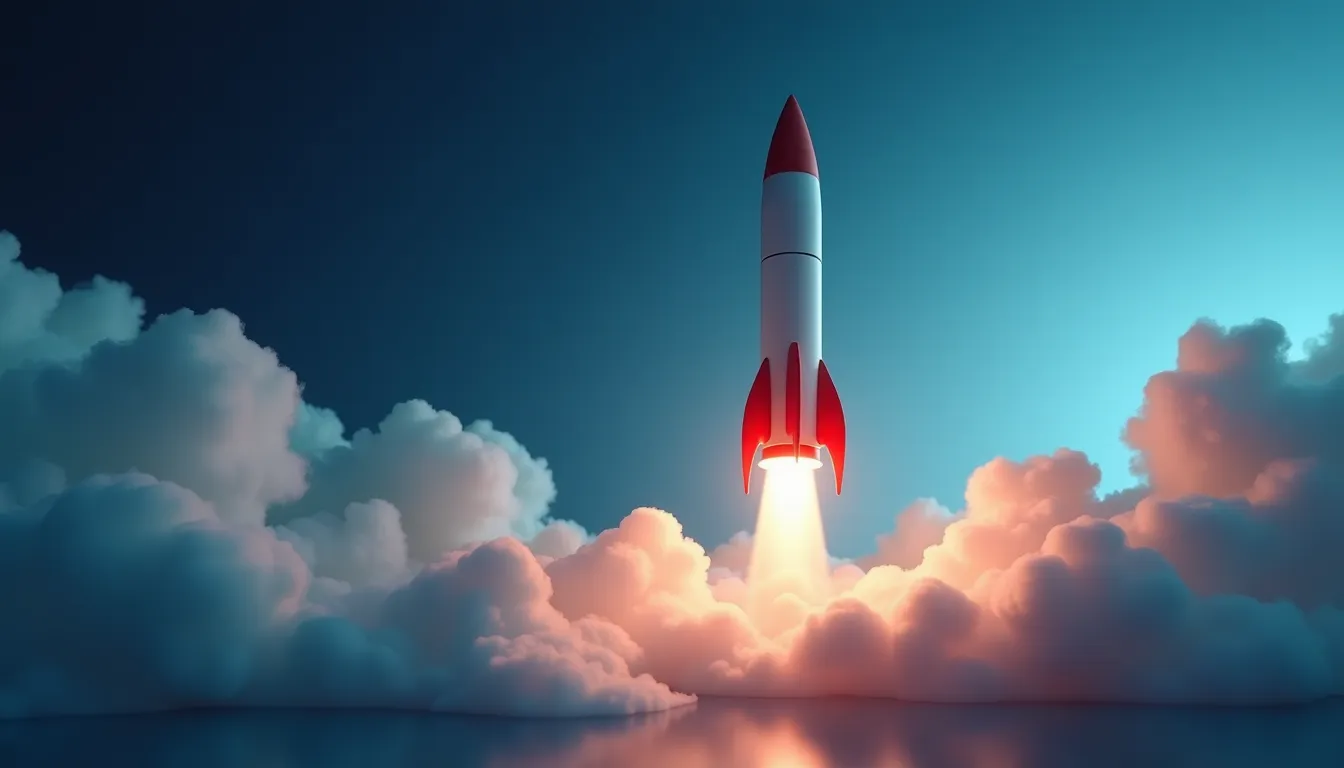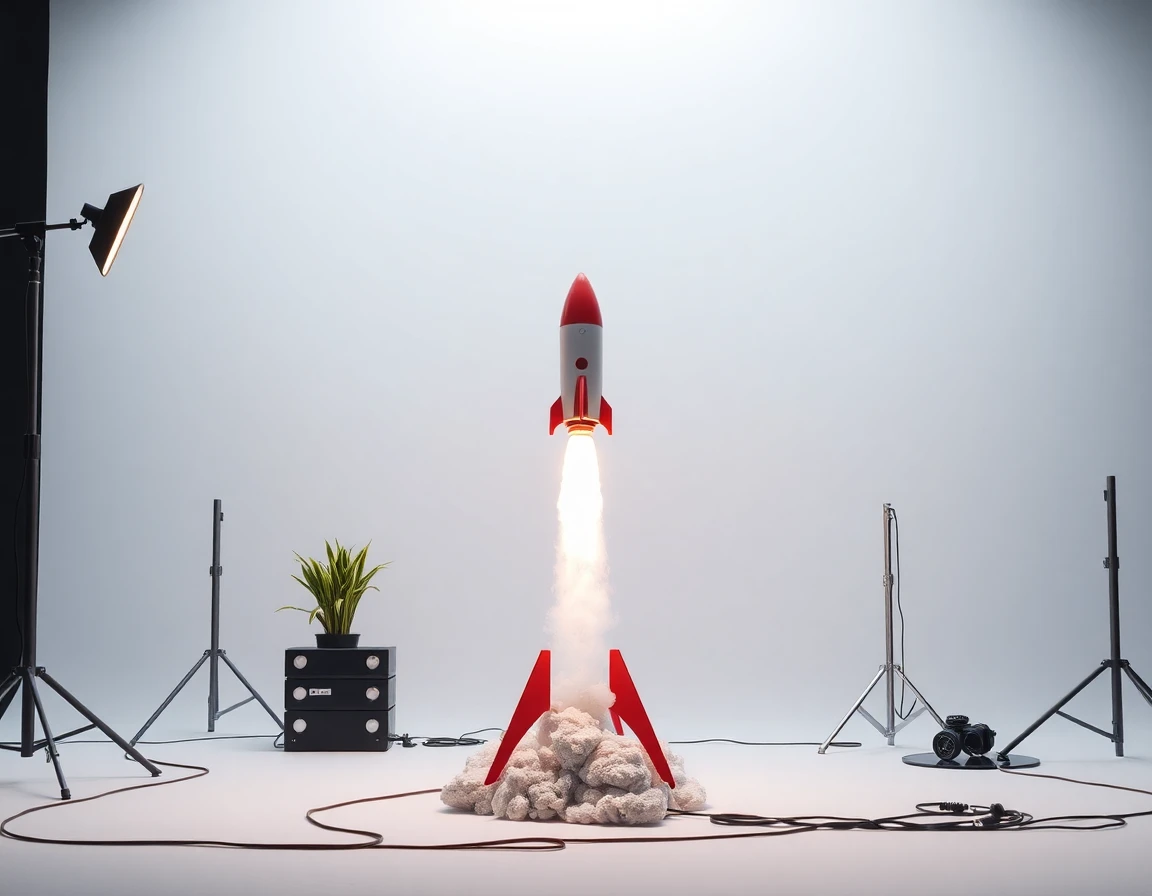As the aerospace and defense industries continue to evolve, recent developments in rocket technology highlight significant strides in launch vehicles, propulsion systems, and mission capabilities. From SpaceX’s ambitious plans for lunar exploration to Rocket Lab’s innovative cryogenic fueling missions, the future of space exploration is becoming increasingly dynamic. This article delves into the latest advancements shaping the rocket landscape and their implications for the industry.
SpaceX’s Starship and the Artemis III Mission
SpaceX has recently made headlines with the successful completion of its 11th test flight of the Starship rocket, recognized as the most powerful rocket ever constructed. During this test, all 33 Raptor booster engines and six upper-stage engines fired simultaneously, propelling the rocket beyond the Earth’s atmosphere. This test flight is a pivotal step in supporting NASA’s Artemis III mission, scheduled for 2027, which aims to return humans to the lunar surface and lay the groundwork for future Mars missions in the 2030s.
However, industry experts caution that significant technical milestones must be achieved before Starship is deemed ready for human lunar missions. Time is of the essence, with some experts suggesting that the window for meeting the Artemis III deadline is narrowing. According to Dr. John Smith, an aerospace engineer at NASA, “While the advancements are promising, the technical challenges ahead cannot be underestimated. We need to ensure safety and reliability before we send astronauts to the Moon.”
Rocket Lab’s Cryogenic Fueling Mission
In another exciting development, Rocket Lab has completed the Photon spacecraft for its upcoming LOXSAT mission, a collaboration with NASA and Eta Space to demonstrate cryogenic fluid management in orbit. Scheduled for launch on Rocket Lab’s Electron rocket in early 2026, this mission is crucial for the future of cryogenic propellant depots in low Earth orbit, which are expected to become operational by 2030. Such depots will enable the refueling of spacecraft, thereby extending mission durations and enhancing the viability of long-term space exploration.
The LOXSAT mission is set to test technologies that are essential for effective cryogenic fluid management, a critical component in supporting advanced propulsion systems and long-duration missions. The ability to manage cryogenic fuels will not only improve efficiency but also decrease the costs associated with launching and maintaining space vehicles.
Venus Aerospace and Lockheed Martin’s Partnership
Venus Aerospace has recently attracted attention with its high-thrust test flight of a rotating detonation rocket engine (RDRE). This engine represents a generational leap in propulsion technology, promising higher efficiency and performance compared to traditional rocket engines. Following this milestone, Lockheed Martin Ventures announced a strategic investment in Venus Aerospace, emphasizing the potential of RDRE technology for defense, space, and commercial aviation applications over the next five decades.
The RDRE’s innovative design allows for increased thrust-to-weight ratios, making it a game-changer for various applications. As noted by Dr. Lisa Chen, a propulsion expert at Lockheed Martin, “The RDRE could redefine how we approach rocket design, significantly enhancing both performance and cost efficiencies across the aerospace sector.”
United Launch Alliance’s Atlas V Launch
United Launch Alliance (ULA) is gearing up for the anticipated launch of its Atlas V 551 rocket, scheduled for November 3, 2025. This mission will carry the ViaSat-3 Flight 2 satellite, which is poised to more than double the bandwidth capacity of Viasat’s entire fleet, marking a significant advancement in satellite communications.
The Atlas V 551, equipped with five solid rocket boosters, is designed to deliver heavy payloads to geosynchronous transfer orbit (GTO). With its proven track record and robust configuration, this launch is expected to bolster ULA’s position in the competitive satellite launch market.
Other Notable Rocket Activities
The aerospace sector has witnessed a flurry of rocket-related activities recently:
- SpaceX achieved a milestone with its record-breaking 133rd Falcon 9 mission on October 22, 2025, further solidifying its role in deploying satellites for the Starlink internet constellation.
- Stoke Space Technologies conducted a structural test of its Nova rocket’s propellant tank, successfully reaching the tank’s designed failure point, which is vital for qualifying their reusable second-stage rocket technology aimed at reducing space access costs.
The rapid cadence of launches and tests reflects the growing demand for reliable space access and the increasing capabilities of new rocket technologies.
Conclusion
The recent advancements in rocket technology indicate a vibrant future for aerospace exploration. From SpaceX’s ambitious Artemis III mission to Rocket Lab’s innovative cryogenic fueling solutions and the revolutionary RDRE propulsion technology, the sector is on the cusp of transformative developments. As these technologies mature, they hold the potential to reshape how humanity explores space, paving the way for future missions to the Moon, Mars, and beyond. With ongoing investments and collaborations in this field, the aerospace and defense industries are poised for an exciting journey ahead.
Understanding these advancements, such as the implementation of high-precision advanced navigation systems and advanced sensor modules, will be crucial for the successful execution of future missions. As we move forward, the integration of cutting-edge technologies will enhance the performance and sustainability of our space endeavors.
References
-
ULA’s Atlas V plans ViaSat-3 F2 launch November 3 doubling the … (news.satnews.com) - 10/23/2025 ULA’s Atlas V plans ViaSat-3 F2 launch November 3 doubling the bandwidth of Viasat’s entire fleet. October 22, 2025. Share. Share on Facebook.
-
October 2025 - Spaceflight Now (spaceflightnow.com) - 10/23/2025 Live coverage: SpaceX to launch 28 Starlink satellites on Falcon 9 rocket from Vandenberg · SpaceX launches a Falcon 9 rocket on record-breaking 31st flight.
-
Rocket Lab Completes Spacecraft for Cryogenic Fueling (www.globenewswire.com) - 10/22/2025 Rocket Lab Completes Spacecraft for Cryogenic Fueling Mission with Eta Space and NASA. October 22, 2025 16:30 ET | Source: Rocket Lab …
-
Venus Aerospace Announces Strategic Investment by Lockheed … (www.prnewswire.com) - 10/22/2025 The investment follows Venus’s historic May 2025 high-thrust test flight of its rotating detonation rocket engine (RDRE), an event described by …
-
Rocket test causes boom near Moses Lake, no danger reported (columbiabasinherald.com) - 10/22/2025 MOSES LAKE — An explosion north of Moses Lake Tuesday night turned out to be harmless. “At approximately 8:50 p.m. on Tuesday, Oct. 21, …
-
SpaceX launches record-breaking 133rd Falcon 9 mission of the … (www.space.com) - 10/22/2025 SpaceX launched its record-breaking 133rd Falcon 9 mission of 2025 today (Oct. 22), topping last year’s tally with no signs of slowing down …
-
Rocket Tech Is Poised to Generate Clean Power for Data Centers (www.energyconnects.com) - 10/21/2025 Arbor projects this commercial system will be able to generate electricity for $100 per megawatt-hour, and that it can bring costs down to $70 …
-
Time is ‘running out’ for SpaceX as Artemis III mission deadline … (www.euronews.com) - 10/20/2025 Time is ‘running out’ for SpaceX as Artemis III mission deadline looms, despite successful launch.
-
Can SpaceX help NASA get back to the moon by 2027? (news.northeastern.edu) - 10/20/2025 NASA and SpaceX target 2027 for moon return. Northeastern experts weigh in on the ambitious mission’s technical challenges.



